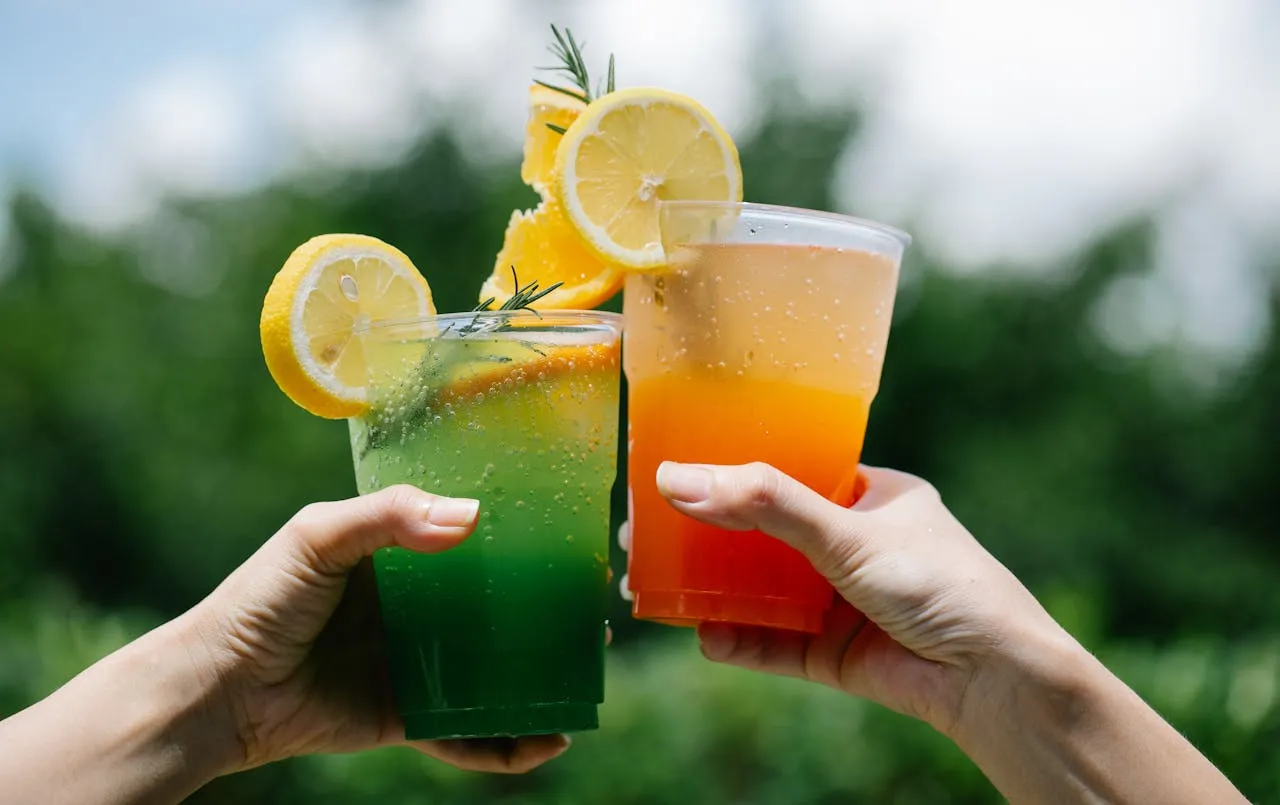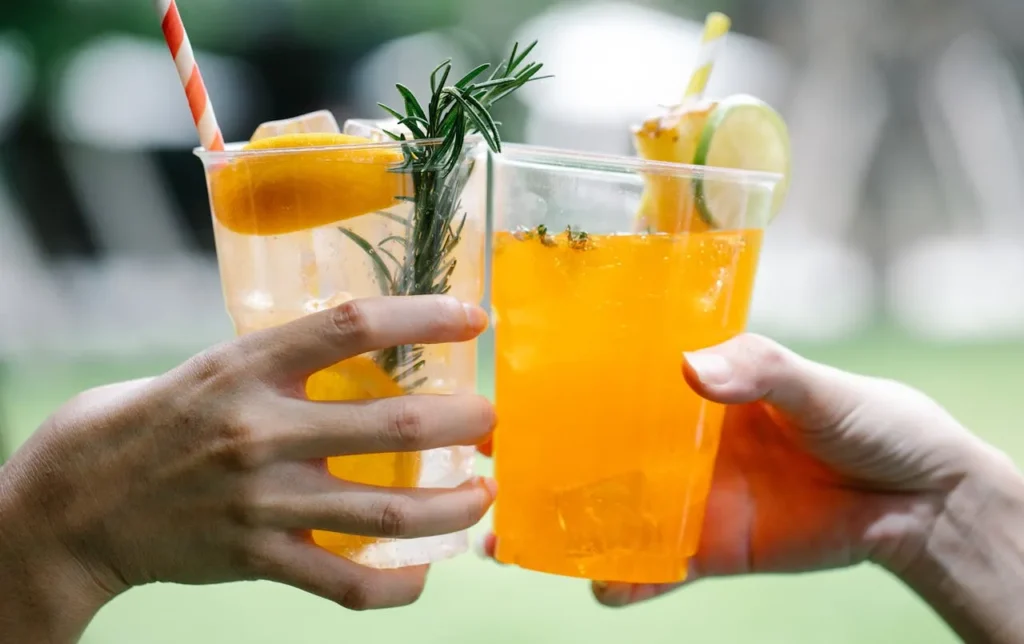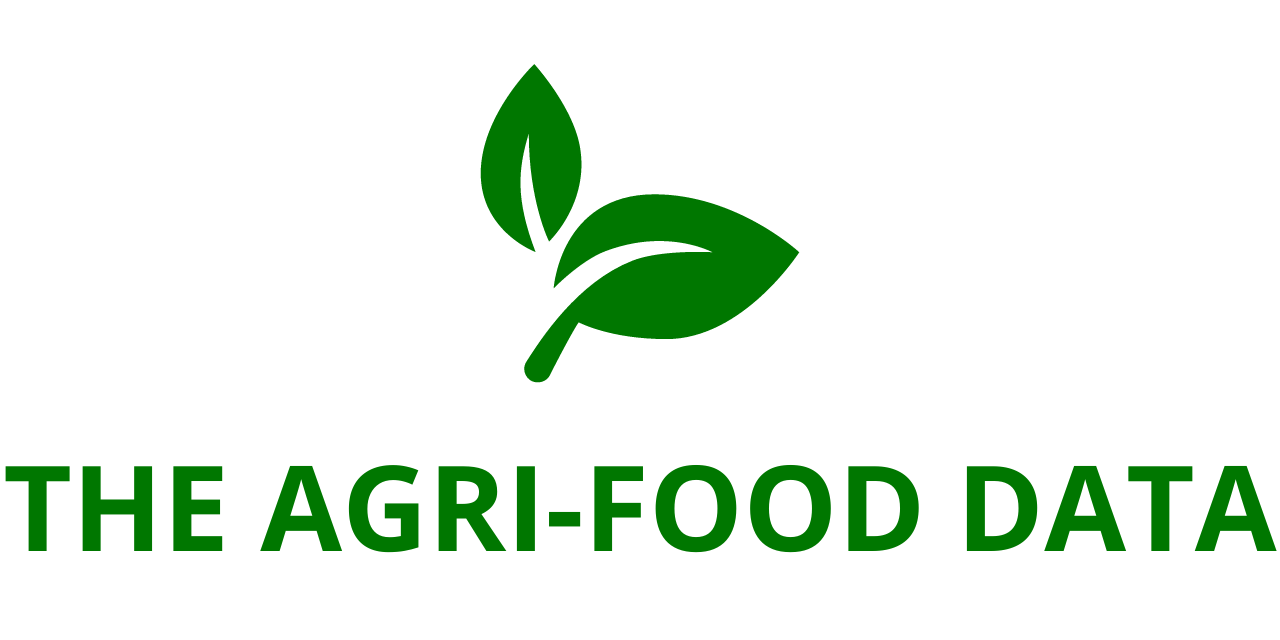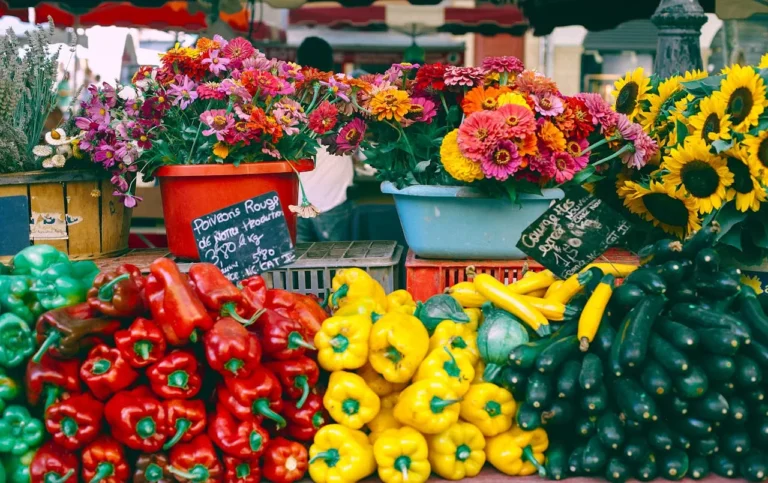
U.S. Fruit Beverages Market Outlook to 2029: Key Flavor Trends Shaping Juice Sales
ResearchAndMarkets.com has recently added Beverage Marketing’s new report, Fruit Beverages in the U.S. through 2029: Market Essentials, to its offerings. This detailed market study provides an expansive look at the U.S. fruit beverage sector, with robust coverage of industry segments, consumption trends, competitive dynamics, and long-term forecasts.
The report is framed against global fruit beverage market developments, ensuring that readers understand not only the domestic U.S. landscape but also how it connects with worldwide trends. By offering granular insights into segments such as juices, juice blends, fruit drinks, nectars, concentrates, and superpremium juices, the study highlights both opportunities and challenges facing companies in the coming years. Additional focus is placed on categories like organic beverages and powdered fruit drinks, which are gaining attention as consumer preferences continue to evolve.
Key Features of the Report
Beverage Marketing’s report delivers a holistic view of the fruit beverage industry, combining data-driven insights with analysis of broader consumer and market shifts. Among the many aspects covered are:
- Market segmentation: The report dissects the category by product type (juices vs. fruit drinks), processing method (from-concentrate vs. not-from-concentrate), and package formats (chilled, shelf-stable, frozen, and powdered). It also provides detailed splits by flavor, brand, and distribution channel.
- Consumer demographics and behavior: Profiles of fruit beverage consumers, broken down by age, income, ethnicity, and lifestyle preferences, provide insights into which groups are driving growth and how these audiences differ by brand.
- Advertising and promotion analysis: The report tracks ad expenditures across leading fruit beverage companies, with breakdowns by media type and brand category. This helps identify how companies allocate resources to reach consumers in an increasingly competitive marketplace.
- Regional and international trade data: Regional consumption trends are covered in detail, along with analysis of import and export activity. The report highlights which countries are the biggest suppliers of fruit juice to the U.S. and where U.S.-produced juices are most frequently shipped.
- Forecasting and trend spotting: Five-year projections across categories—including flavors, packaging, and sales channels—help companies identify where growth opportunities are strongest.
Questions Addressed by the Study
The report provides answers to some of the most pressing questions faced by industry stakeholders, including:
- Which companies and brands experienced the strongest growth in 2024, and which struggled to maintain market share?
- How much fruit juice is consumed per capita in the United States, and how has this changed compared with consumption of fruit drinks?
- How did each fruit beverage sub-segment perform in 2024, and how are they expected to evolve over the next five years?
- Which flavors are currently leading growth, and how might flavor market shares shift by 2029?
- How do flavor preferences differ between chilled juices and shelf-stable options, and between pure juices and blended fruit drinks?
- Which segment—juices or drinks—is forecast to perform better in the long term?
- What nations remain the top exporters of fruit juice to the U.S., and what are the largest overseas markets for American juice producers?

By addressing these questions, the study helps companies and investors better understand the competitive environment and consumer demand dynamics.
Company and Brand Coverage
The report also delivers deep dives into the strategies and performance of leading fruit beverage companies. Profiles include sales, volume, marketing, and distribution strategies for key players such as:
- Tropicana (now majority owned by PAI Partners)
- PepsiCo
- Coca-Cola (Minute Maid and Simply brands)
- Ocean Spray
- Keurig Dr Pepper
- Florida’s Natural Growers
- Welch’s
- Castillo Hermanos (Juicy Juice and Sunny Delight)
- The Kraft Heinz Company
- Tree Top
- The Wonderful Company
- Lassonde Industries
These profiles provide context on how brands are positioning themselves to capture consumer attention, innovate with new products, and expand distribution channels.
Data and Forecasts
The backbone of the report is Beverage Marketing’s comprehensive data set, which includes:
- Historical and current statistics on fruit juice and fruit drink consumption, both in terms of volume and dollar sales.
- Wholesale and retail dollar values, as well as per capita consumption figures.
- Segmentation by container size and material, showing shifts in packaging preferences.
- Data on shelf-stable juices, frozen concentrate, chilled ready-to-drink juices, nectars, and superpremium categories.
- Volume data by flavor type, from traditional options like orange and apple to newer blends and tropical varieties.
- Trade statistics for imports and exports, segmented by flavor, country of origin, and destination.
- Five-year projections that extend through 2029 for all major categories and sub-categories.
By combining Excel-based data tables with narrative analysis and an executive summary, the report ensures accessibility for both analysts who prefer raw data and executives who need actionable insights.
Emerging Themes and Opportunities
Several trends highlighted in the report point to where the fruit beverage industry is headed:
- Health and wellness focus – As consumers continue to prioritize natural ingredients and reduced sugar content, demand for organic juices and no-added-sugar products is expected to expand. Superpremium juices with functional benefits, such as antioxidants and vitamins, are also on the rise.
- Flavor diversification – Beyond the dominance of orange and apple, flavors like tropical blends, berry mixes, and exotic fruits are gaining popularity. Differing consumer preferences between chilled and shelf-stable options will shape flavor innovation strategies.
- Packaging innovation – Sustainability is driving changes in packaging, with a shift toward recyclable, plant-based, and lightweight materials. Portion size trends are also evolving, as consumers seek both on-the-go convenience and value-sized family packs.
- Distribution evolution – While traditional retail remains critical, e-commerce and direct-to-consumer models are carving out a stronger role. Foodservice channels, including quick-service restaurants and cafés, also influence fruit beverage consumption patterns.
- Competitive landscape shifts – With ownership changes (such as Tropicana’s shift to PAI), brand consolidations, and new entrants, competition is intensifying. Smaller players focusing on organic, functional, or niche beverages are challenging established leaders.





